
The Evolution of Succulents in Response to Climatic Changes
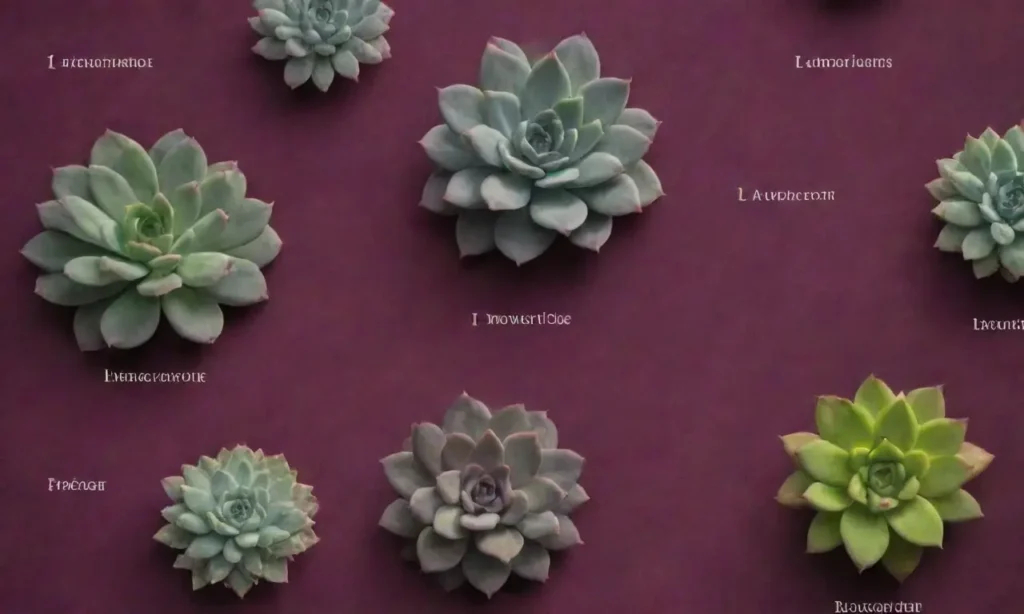
Introduction
Succulents are some of nature's most fascinating creations, celebrated for their unique adaptation to arid environments and their striking appearances. These captivating plants have evolved through millions of years, developing specialized structures and behaviors that enable them to thrive in conditions that would be inhospitable for many other species. This article delves into the evolutionary journey of succulents, detailing how their traits have changed in response to varying climatic conditions—from blistering deserts to humid rainforests—and exploring the implications of these adaptations for future plant survival in a rapidly changing world.
In this article, we will explore various aspects of succulent evolution, encompassing their habitat diversity, physiological adaptations, ecological significance, threats posed by climate change, and current conservation efforts. Through examining these facets, we aim to provide a comprehensive understanding of not only how succulents have become the resilient plants we know today but also the challenges they face moving forward. Join us as we unveil the resilient and incredible world of succulents and their ever-evolving relationship with climate.
The Diversity of Succulent Habitats
Succulents are found worldwide, but they predominantly thrive in arid and semi-arid climates, where water scarcity drives their evolutionary adaptations. These plants have colonized a wide range of environments, each presenting unique challenges. From the dry deserts of North America and Africa to the rocky cliffs of South America and even the tropical regions of Madagascar, succulents exhibit a remarkable array of forms and functions tailored to their habitats.
Desert Climatic Adaptations
In deserts, succulents face extreme temperatures, intense sunlight, and very little rainfall. Here, they have developed impressive adaptations such as specialized water storage tissues. Most succulents, like the popular Aloe and Agave, store water in their leaves or stems, allowing them to survive prolonged drought periods. Additionally, succulent leaves are often covered with a waxy cuticle that minimizes water loss and reduces evaporation—a critical trait for survival in such inhospitable climates.
Moreover, many succulents employ a unique form of photosynthesis known as Crassulacean Acid Metabolism (CAM). Through this process, succulents open their stomata at night to take in carbon dioxide, which is then converted into malic acid and stored until daybreak. This strategy minimizes water loss by keeping their stomata closed during the hottest part of the day. Variants of CAM photosynthesis have allowed different succulent species to adapt even further, showcasing the extreme plasticity of these plants in response to their surroundings.
Tropical and Temperate Environments
Though primarily associated with dry habitats, succulents also thrive in more humid, tropical environments. In these ecosystems, plants like Haworthia and Sedum demonstrate their adaptive capabilities by altering their growth patterns and water regulation mechanisms. These subtropical or tropical succulents typically have thinner leaves and stems that allow for greater transpiration but can still retain enough moisture to survive humidity fluctuations.
In temperate regions, succulents like Sempervivum and Echeveria have evolved to cope with seasonal climate changes. They often showcase seasonal distribution of resources, allowing them to go dormant during colder months and activate growth during the warm season when conditions are more favorable. This resilience showcases the remarkable evolutionary capacity of succulents, adapting to a variety of microclimates and seasonal challenges while maintaining their essential survival characteristics.
 Exploring the Unique Water Storage Adaptations of Succulents
Exploring the Unique Water Storage Adaptations of SucculentsPhysiological Adaptations of Succulents
The physiological adaptations possessed by succulents are not only a product of their environments but also a testament to their evolutionary success. These adaptations can be categorized into several primary functions that enhance water conservation, nutrient acquisition, and resilience against environmental stresses.
Water Storage Mechanisms
The most iconic characteristic of succulents is their ability to store large amounts of water in their tissues. This adaptation is facilitated by specialized cells called vacuoles, which function as reservoirs for moisture, allowing the plant to endure extended periods of drought. When water becomes available, succulents can quickly replenish these vacuoles and continue their growth cycle. This remarkable ability to efficiently store and utilize water places succulents at a distinct advantage in their native habitats.
In addition to vacuoles, succulent plants often have fleshy, thickened leaves or stems that help minimize the surface area exposed to sunlight. This adaptation reduces the potential for sunburn and excessive water loss due to transpiration. Interestingly, some succulents, like the cactus family, develop spines instead of leaves, providing even more environmental protection. These specialized structures can deflect sunlight and help reduce moisture evaporation while also deterring herbivorous predators.
Nutrient Acquisition and Storage
Succulents also exhibit unique adaptations in their methods of nutrient acquisition, particularly in nutrient-poor environments. Over time, many succulents have developed mycorrhizal associations with fungi, which increase their ability to absorb water and nutrients from the soil. This symbiotic relationship allows the plant to access nutrients such as nitrogen and phosphorus more efficiently.
Moreover, the slow growth rates characteristic of many succulent species have evolved to enhance their survival in harsh conditions. This slow growth allows them to allocate resources to crucial functions, such as defense mechanisms, while maintaining energy reserves for times of scarcity. In this way, succulents have become masters at balancing energy expenditure and resource allocation, ensuring their survival even in the most challenging of circumstances.
The Role of Succulents in Ecosystems
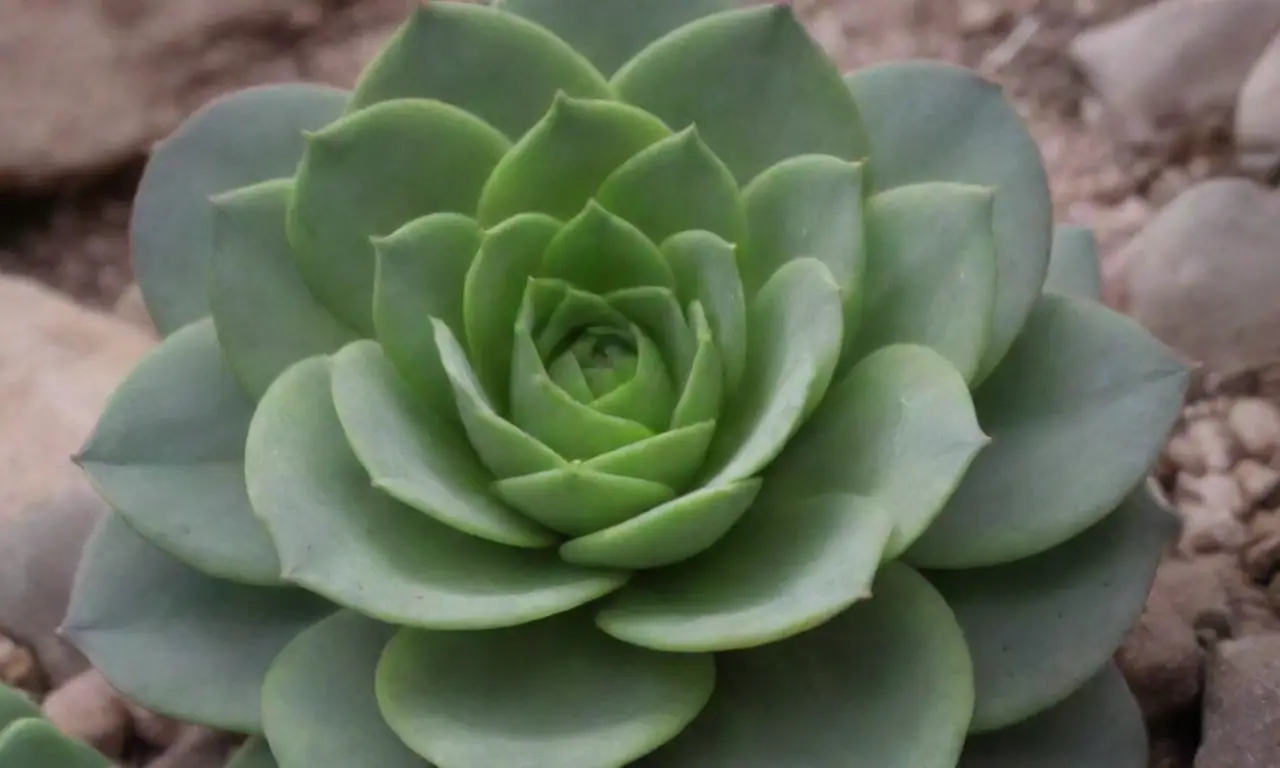
Succulents are not just remarkable plants; they also play a critical role in their ecosystems. In arid landscapes, they contribute to soil stability, serve as shelter for various wildlife, and form complex interdependent relationships with surrounding flora and fauna.
 How Succulents Have Evolved: Insights into Their Biome Adaptations
How Succulents Have Evolved: Insights into Their Biome AdaptationsBiodiversity Support
Succulents provide habitats for diverse organisms, including insects and reptiles that rely on them for shelter, food, and moisture. In many desert ecosystems, they act as keystone species, shaping the structure of plant communities and influencing species interactions. Their ability to store water becomes especially important in environments with limited resources, helping create microhabitats that support a range of other organisms.
Additionally, the flowers that succulents produce act as a food source for pollinators like bees, butterflies, and birds. Their vibrant colors and unique shapes not only attract these pollinators but also contribute to the plant's reproductive cycles, promoting genetic diversity. The interaction between succulents and pollinators underscores the interconnectedness of ecosystems and the vital role that succulents play as part of a larger web of life.
Soil Conservation
The presence of succulents in soil also has far-reaching implications for soil health and erosion control. Their extensive root networks stabilize the soil, reduce runoff, and improve water retention. This function is critical, especially in environments prone to drying out, as succulents can assist in maintaining more fertile ground for surrounding plant species.
Furthermore, succulents contribute organic matter back to the soil as their leaves and stems decay. This ongoing process enriches the soil with nutrients, fostering the growth of other plants and promoting overall ecosystem health. It’s a symbiotic cycle that highlights the importance of these plants beyond their aesthetic appeal and showcases their environmental impact.
Threats to Succulent Survival Amid Climate Change
While succulents exhibit impressive resilience, they are not immune to the effects of climate change. Rising temperatures, changing precipitation patterns, and the increased frequency of extreme weather events pose significant threats to their survival. The alterations in climate disrupt the delicate balance of resources upon which succulents rely.
Habitat Loss and Fragmentation
One of the most pressing threats to succulents is habitat loss, primarily due to human activities such as urbanization, agriculture, and mining. As natural habitats are replaced with built environments, succulents are forced into fragmented patches of suitable land, often leading to limited genetic diversity and increased vulnerability to external pressures. This fragmentation makes it increasingly challenging for succulents to adapt and survive as their isolated populations may not have access to the necessary resources or genetic variability required in dynamic conditions.
Increased Invasive Species
Climate change can also contribute to the rise of invasive plant species that outcompete native succulents for resources. These non-native plants often thrive when environmental conditions shift, leading to further ecosystem disruptions. The loss of native flora can destabilize the delicate balances within ecosystems, reducing biodiversity, and compromising the resilience of local species, including succulents.
 Survival Strategies: The Drought Resistance of Succulent Plants
Survival Strategies: The Drought Resistance of Succulent PlantsConservation Efforts for Succulents
To combat the ongoing threats facing succulents, conservation efforts are crucial to ensuring the survival of these remarkable plants. Various strategies are actively pursued to protect succulent habitats, promote genetic diversity, and support research into succulents’ evolutionary mechanisms.
Protected Areas and Legislation
Creating protected areas and implementing legislation is a fundamental step towards safeguarding succulent habitats. Many governments and organizations are working to establish reserves in ecologically significant regions that host diverse succulent species. This not only helps protect them from habitat destruction but also maintains the broader ecosystems they support.
Research and Restoration Programs
Continuous research into succulent biology, ecology, and adaptation mechanisms plays a vital role in developing effective conservation strategies. Studies on their response to climate changes and the impacts of invasive species provide essential insights into developing restoration programs. Reintroducing native succulent species into their natural habitats can help restore biodiversity while promoting healthier ecosystems.
Both community-based efforts and scientific initiatives are essential for successful conservation programs. Engaging local communities in planting native succulents and creating awareness surrounding their ecological importance can foster stewardship of these plants and their habitats.
Conclusion
The evolution of succulents is a testament to their incredible adaptability and resilience in the face of climatic changes over millions of years. Through specialized adaptations that allow for efficient water storage, nutrient acquisition, and habitat support, succulents thrive even under the most extreme conditions. Their ability to flourish in a variety of ecosystems serves as a reminder of nature's ingenuity and the interconnectedness of life.
However, the challenges presented by climate change and habitat loss present significant threats to the survival of succulents, putting their future at risk. To ensure that these remarkable plants continue to grace our landscapes, a concerted effort across multiple fronts—conservation initiatives, research advancements, and community engagement—is vital.
As we deepen our understanding of succulent evolution and their role within ecosystems, it becomes increasingly clear how essential they are, not just as ornamental plants, but as critical components of biodiversity. By committing to their protection and fostering environments conducive to their growth, we can help secure a future where succulents continue to thrive, showcasing the beauty and resilience of life adapted to adversity.
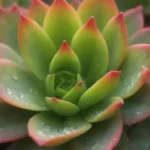 The Fascinating Mechanisms of Photosynthesis in Succulents
The Fascinating Mechanisms of Photosynthesis in SucculentsIf you want to read more articles similar to The Evolution of Succulents in Response to Climatic Changes, you can visit the Biome Adaptations category.




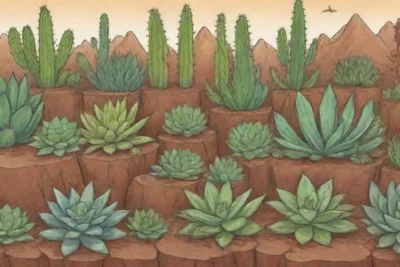
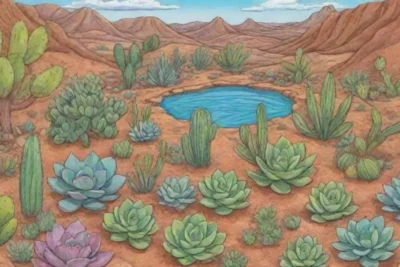
You Must Read